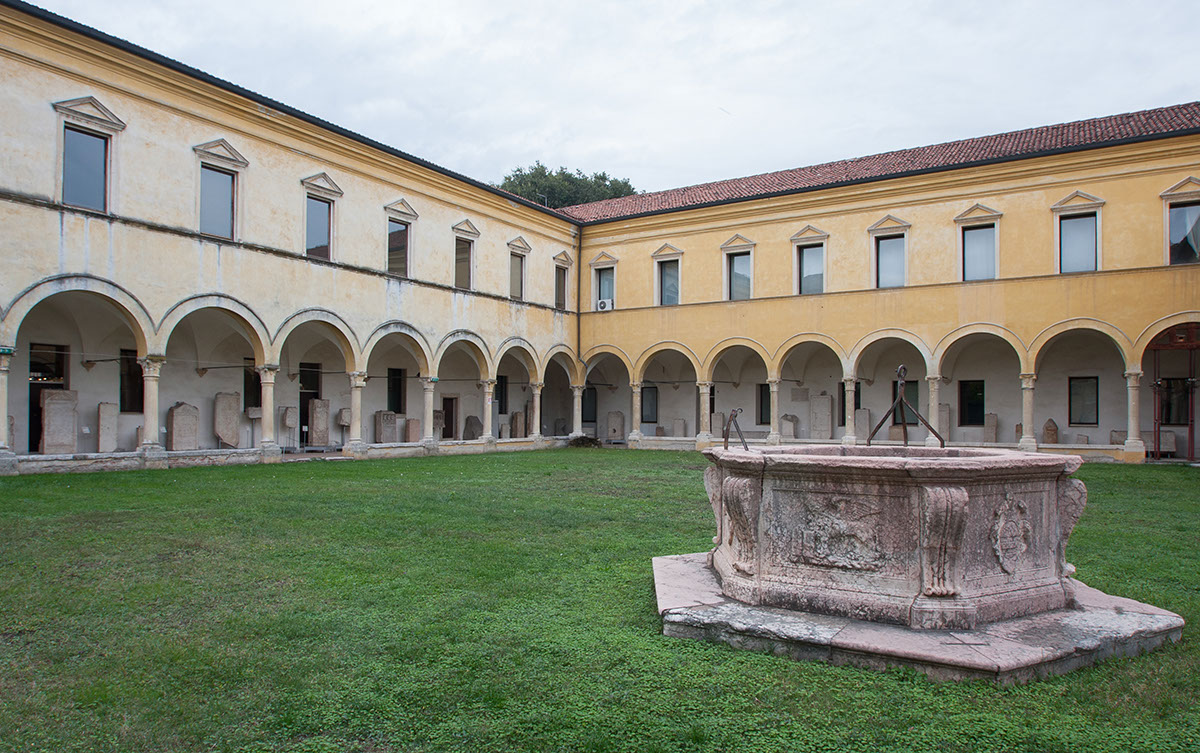Museo Naturalistico Archeologico
The Museo Naturalistico Archeologico is divided into two sections: Natural History and Archaeology. The first is dedicated to illustrating the characteristics of the area, especially the Berici Hills, whose unique environment also includes several endemic flora and fauna.
The Archaeology section displays and preserves the most significant evidence of the ancient history of Vicenza area, from prehistory to the Lombard era.
The Prehistory section boasts a rich collection of stone tools, demonstrating human presence on the Berici Hills since the Middle Paleolithic, and continues with evidence of Neolithic and Bronze Age settlements in the Fimon Valleys, where the famous square-mouthed vases from the Molino Casarotto settlement originate.
The Iron Age is evidenced by materials from various settlements, including votive plaques with copper figures from a sanctuary located near what is now Piazzetta San Giacomo, which attest to the activity of this place of worship from the 4th to the 1st century BC.
The Roman Age is primarily represented by decorative and architectural finds from the Roman theater of Berga and the cryptoporticus in Piazza Duomo. A section is dedicated to Roman amphorae found in Vicenza. Furthermore, mosaic fragments from the city center are also present. Furthermore, a collection of ancient statuary, a gift from Gerolamo Egidio di Velo in the early 19th century, comes from Rome.
The exhibition end with a rich documentation of the Lombard presence in Vicenza area.


